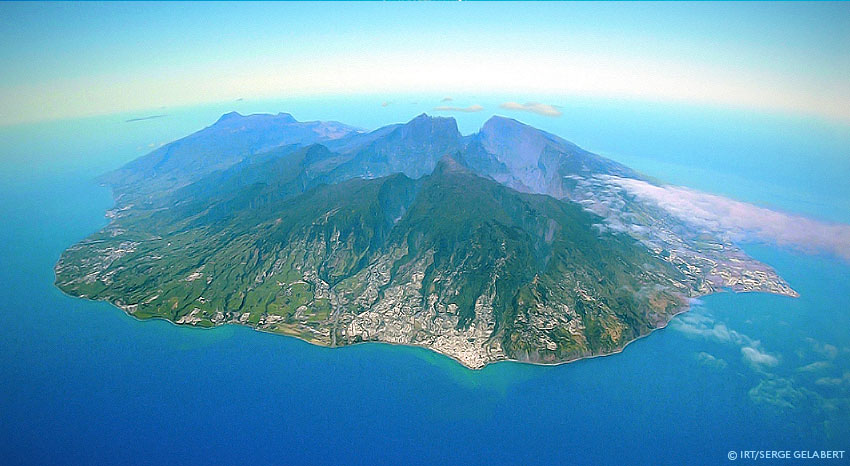An island of mind-blowing beauty, Reunion is the perfect destination for nature-loving travellers on the look-out for grandiose landscapes and new experiences.
Rising from the seas only 3 million years ago, Reunion Island has two volcanic massifs, Piton des Neiges (the oldest, now extinct) and Piton de la Fournaise (the youngest and one of the most active volcanoes in the world).
These two areas changed over time, resulting in spectacular scenery in the heart of the island. The three cirques of Mafate, Salazie & Cilaos were created following the collapse of Piton des Neiges. Assembled in the shape of a shamrock around the remains of the island’s original volcano, they are now a natural history book demonstrating to all visitors just how volcanos evolve.
On August 2nd 2010, these wonders were recognized as having outstanding universal value by UNESCO, thus gaining the classification of ‘World Heritage of Humanity’ in the category of natural sites.
The chosen area corresponds to Reunion’s National Park (an area of over 100,000 hectares, or 40% of the surface of the island), including the spectacular ‘Pitons, Cirques and Ramparts’, which contribute so much to biodiversity conservation. Reunion is home to a veritable biological treasure-trove, with 230 known plant species, of which many are endemic.
Reunion is France’s 35th cultural site and 4th natural site to receive the UNESCO world heritage classification, following Golfe de Porto in Corsica, Mont-Perdu in the Pyrenees, and the lagoons of New Caledonia.
A destination like no other, Reunion is ever-increasingly recommended as a destination for eco-tourists and nature-loving travellers on the look-out for grandiose landscapes and new experiences. Marked by successive eruptions of Piton de la Fournaise, the ‘Wild South’ stands out in particular as the island’s most authentically preserved region for both flora and fauna, as well as for Creole culture.


